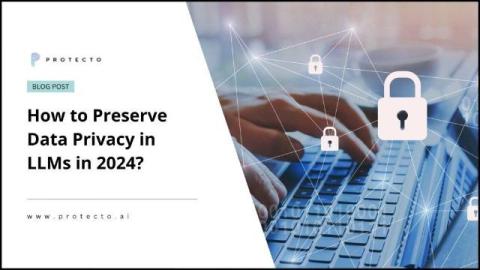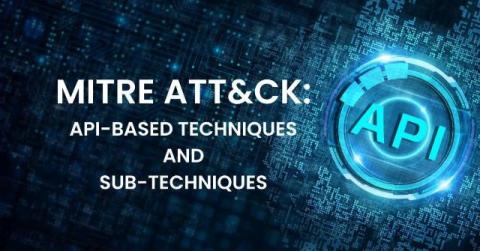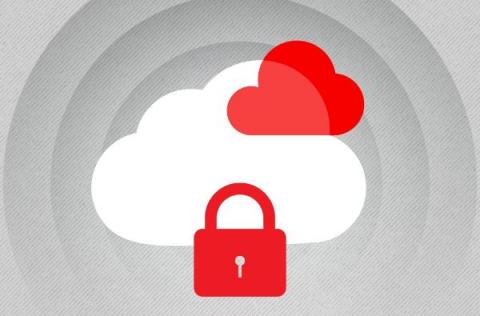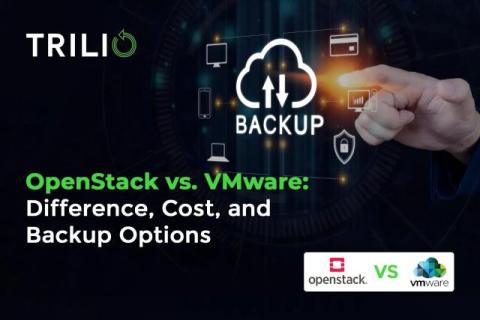Fast Forward or Freefall? Navigating the Rise of AI in Cybersecurity
It has been only one year and nine months since OpenAI made ChatGPT available to the public, and it has already had a massive impact on our lives. While AI will undoubtedly reshape our world, the exact nature of this revolution is still unfolding. With little to no experience, security administrators can use ChatGPT to rapidly create Powershell scripts. Tools like Grammarly or Jarvis can turn average writers into confident editors.










